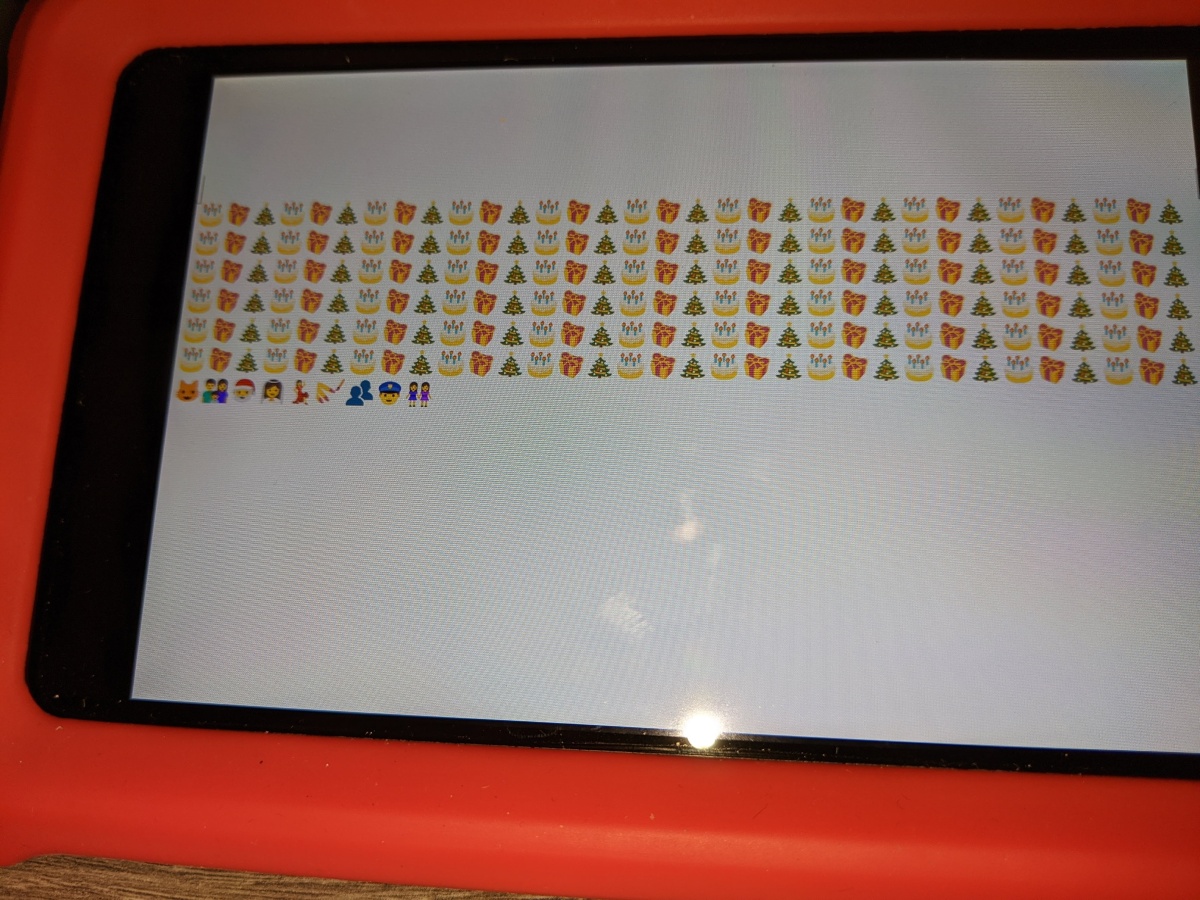2022 seems to have been a strange year for a lot of people. There’s a lot of bloggers I follow whose output dropped a lot this year, myself included. Some of that I’m sure is a seeming loss of community, with changes to Twitter and Facebook, and I’m sure Google’s AMP as well, there’s been less drive-through traffic and less engagement.
I also think online discourse in many places is following the lines we see in politics where subtlety and nuance are increasingly punished and every platform is pushing shorter form content. We’re not giving ourselves time to digest and reflect.
And we should.
The pandemic is still here, but we’re adjusting, working from home is a natural state for many of us in tech, although that’s not an arrangement that plays to everyone’s strengths, so let’s make space for different companies with different cultures. There’s new ways of working to explore (hello the UK 4 day week experiment), people have moved jobs to take advantage of the change and create more family time.
But we can’t escape the world outside tech, and many of us are burning mental cycles on disease, on the massive weather events from climate change, on war, on the continued assaults by the far right, and watching inflation tickling upwards. It’s not an environment that leads us to our best work. It’s not an environment that helps us be in the moment.
Through 2016-2021 the world stared into the abyss of the rise of the far right, and the dismantling of certainties, before we were all thrown into lockdown. We were hoping for a turning point this year, but our leaders were lackluster in improvements, pulled us further to the right or were just plain incompetent. Instead of hope to counter the dispair, we got indifference at best Rather than turning away from the abyss, we collectively chose to build a car park next to it.
The greatest minds of our generation are building pipelines for ads for things we don’t need and can’t afford, whilst the AI engineers are building complex transformations that churn out uncanny valley versions of code, of mansplaining and of other people’s art. But of course the AI is built on a corpus of our own creations, and I don’t think we like the reflection looking back at us.
Ethics in technology isn’t just about accurately reflecting the world as it is, or how the law pretends it is (or seeks to adjust what is), STEM at its most important shows us the world as it could be. An airplane isn’t just a human pretending to be a bird. A car isn’t just a steel horse.
Yes, these advances in AI are cool parlor tricks, and they will lead to great things, but just like drum machines didn’t replace drummers, we need to get past the wave of novelty to see what’s really behind the wizard’s mask.
AI is dangerous. Look at how machine learning projected racial predictions on zip codes based on historical arrest data. Look at how many corrections Tesla’s “Self-Driving Mode” requires. Look how easily ChatGPT can be manipulated to return answers it’s been programmed not to. But, with the right oversight AI encompasses some very useful tools.
Let’s get out of the car park and look away from the abyss. What does the world AI can’t predict look like? After years of despair, what does a world of hope look like? What does the world you want for your children, grandchildren, nieces and nephews look like?
Land on your own moon. What’s your 10 year plan to change your world?











